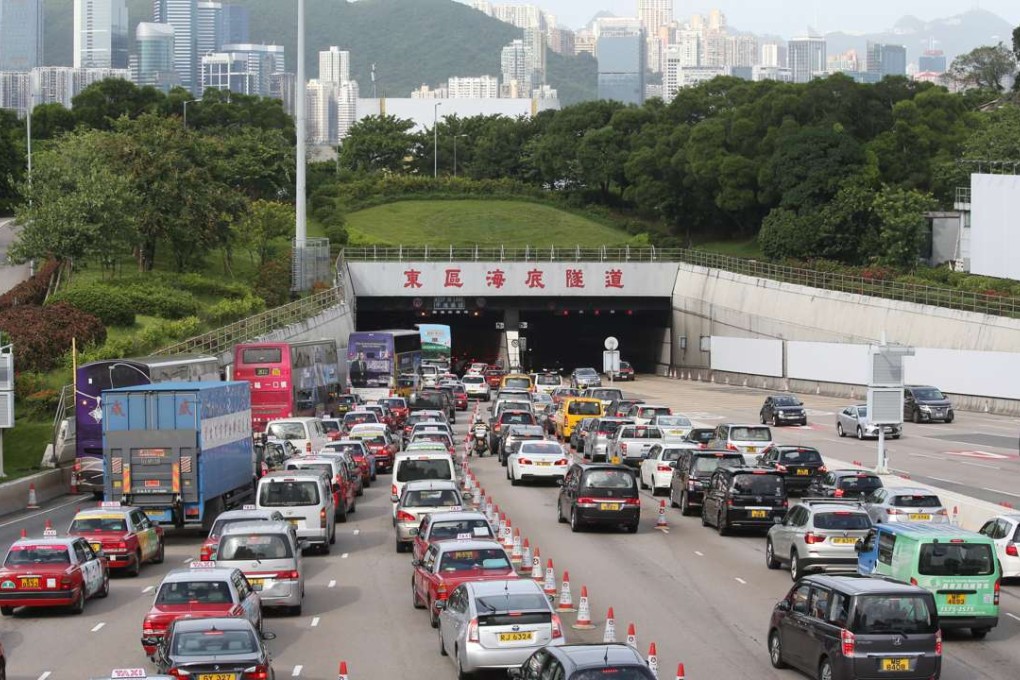How a smart city vision for Hong Kong can improve its transport system
Adam Koo says smart choices and technology can help create a less-polluted, more liveable city, and the better use of transport options and infrastructure is key

There will no doubt be much debate about the vision of Hong Kong in the chief executive’s policy address. One aspect, however, was seemingly clear – a vision of Hong Kong as a smart city.
But what image does a smart city conjure up? It suggests to many a vast array of different technologies, apps and big data. Not a clearly defined picture, but rather a blurry, futuristic image.
A sharper vision of a smart Hong Kong may help government, business and the community to head in the right direction. An end goal of a cleaner, more liveable Hong Kong can give us the definition needed.
Watch: Leung Chun-ying’s farewell policy address
This is about managing the metropolis to ensure sustainable development – enhancing our quality of life, safeguarding the interests of the next generation in terms of a healthy, liveable and low carbon city, while also supporting efficiency and innovation.
Rapidly, with the values of our millennials, these are becoming our societal red lines – a healthy, unpolluted city, playing its part in averting climate change. They help us retain talent and remain an innovative, efficient economy.
Coughing much? Hong Kong suffers bigger rise in poisonous ozone pollution than industrial Guangdong
There is huge potential to improve the interface between people and infrastructure, which is what a smart city is all about. Air pollution, especially along roads in congested downtown areas, means there is a clear need for this.